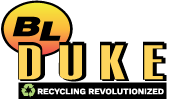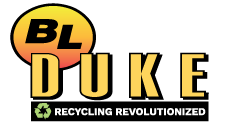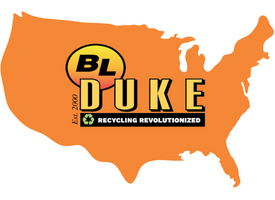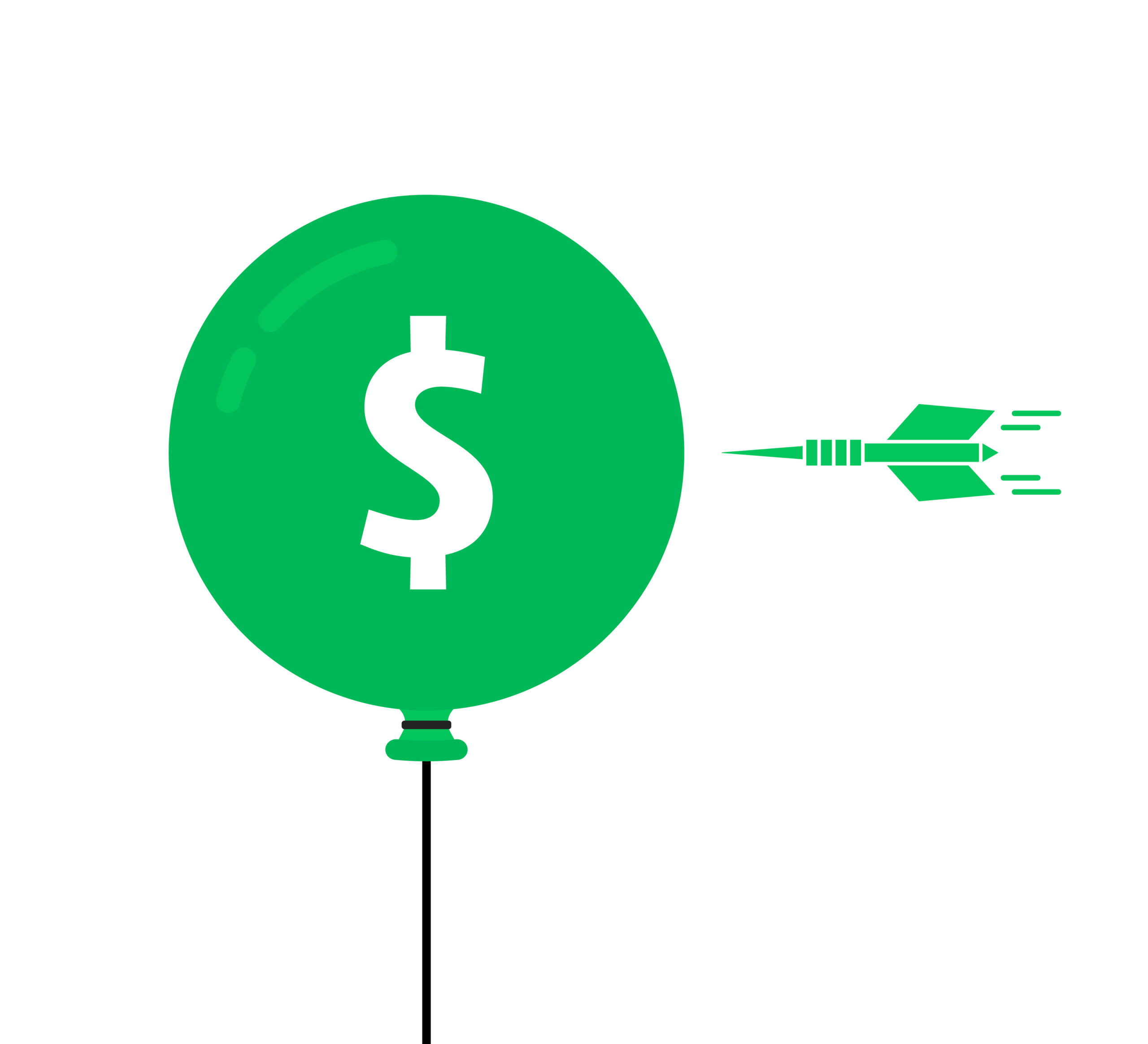
After a wild ride, US ferrous and non-ferrous scrap markets were due for a correction. Scrap demand has begun to relax since supply chain disruptions triggered by Russia’s invasion of Ukraine and new pandemic lockdowns in China have cooled scrap metal prices across the board. Rising inflation, a strong US Dollar and the release of US petroleum are also key factors in May’s price recession.
“Steel mills pushed hard to buy May’s tons based on TBD index orders,” states Lou Plucinski, President. “That has been a common strategy over the last several months, allowing very little resistance by dealers to support what should be higher scrap prices.”
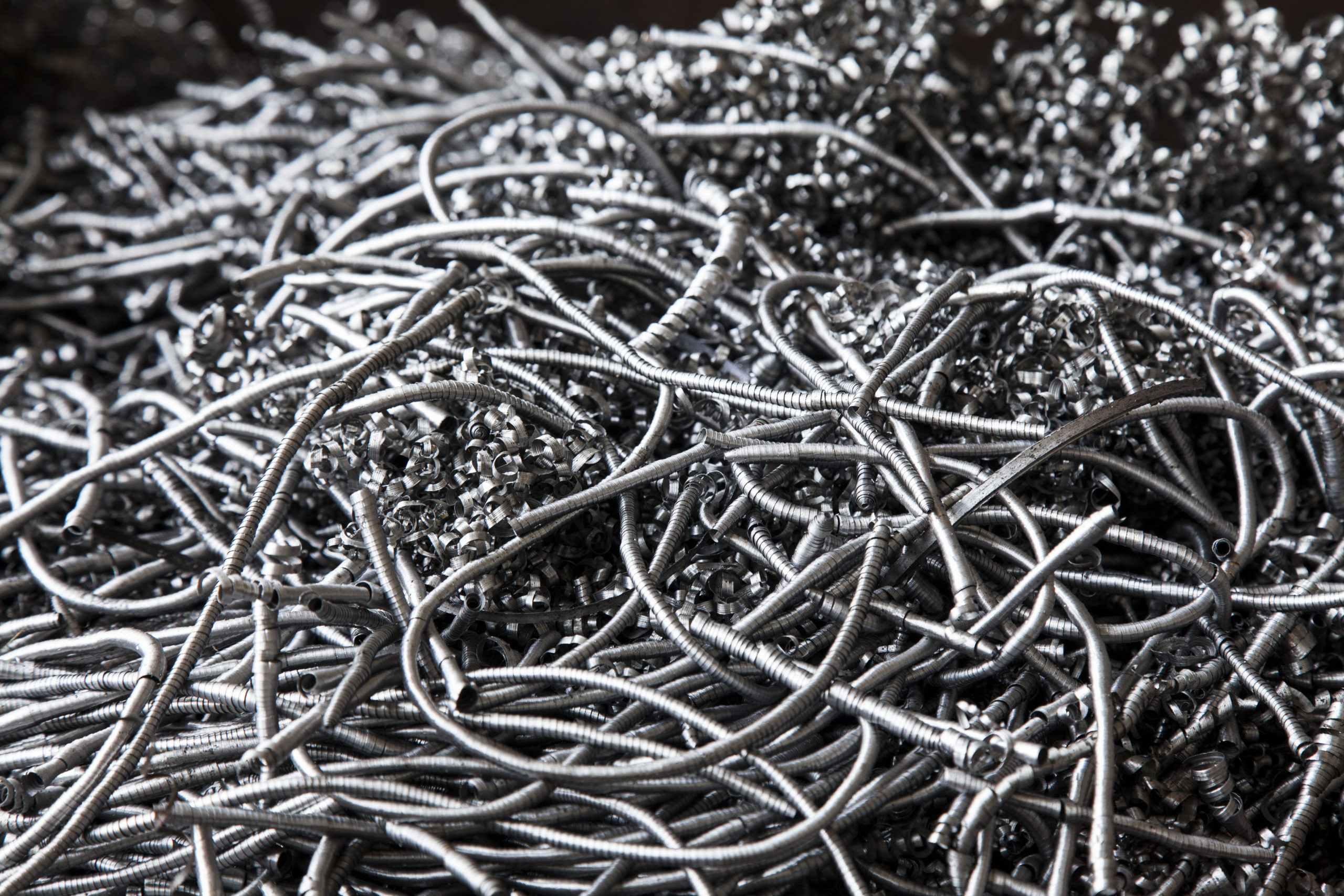
Chicago’s ferrous scrap market posted with prime and cut grades holding up better than expected, down $75 per gross ton. Steel Turnings, once the bell of the ball, have become the hardest grade to sell and decreased $85 per gross ton, down 55% since March’s peak. The tight pig iron market has shifted steel mills’ focus to cleaner scrap grades that are quick to melt. Prime grades, including Busheling and No. 1 Bundles, have the highest yield while Steel Turnings have a modest 65% yield, making them undesirable. The Pittsburgh turnings market is now suspended due to the absence of local buyers.
The price rally also appears to be over for the non-ferrous scrap market. Prices hit a wall, as the first week of May wrapped-up, yet they are still above pre-pandemic levels. The downtrend in London Metal Exchange (LME) base metal prices has continued with aluminum and copper under pressure. Aluminum scrap prices have declined 17% since their recent all time high. Copper scrap prices have lost 12% since their March record and nickel based scrap metal commodities are down over 10%. Stainless scrap demand has also started to slip causing prices to decline for the third week in a row.
Have locations in other cities? Streamline operations to a single vendor. Learn more about BL Duke’s National Scrap Management.
